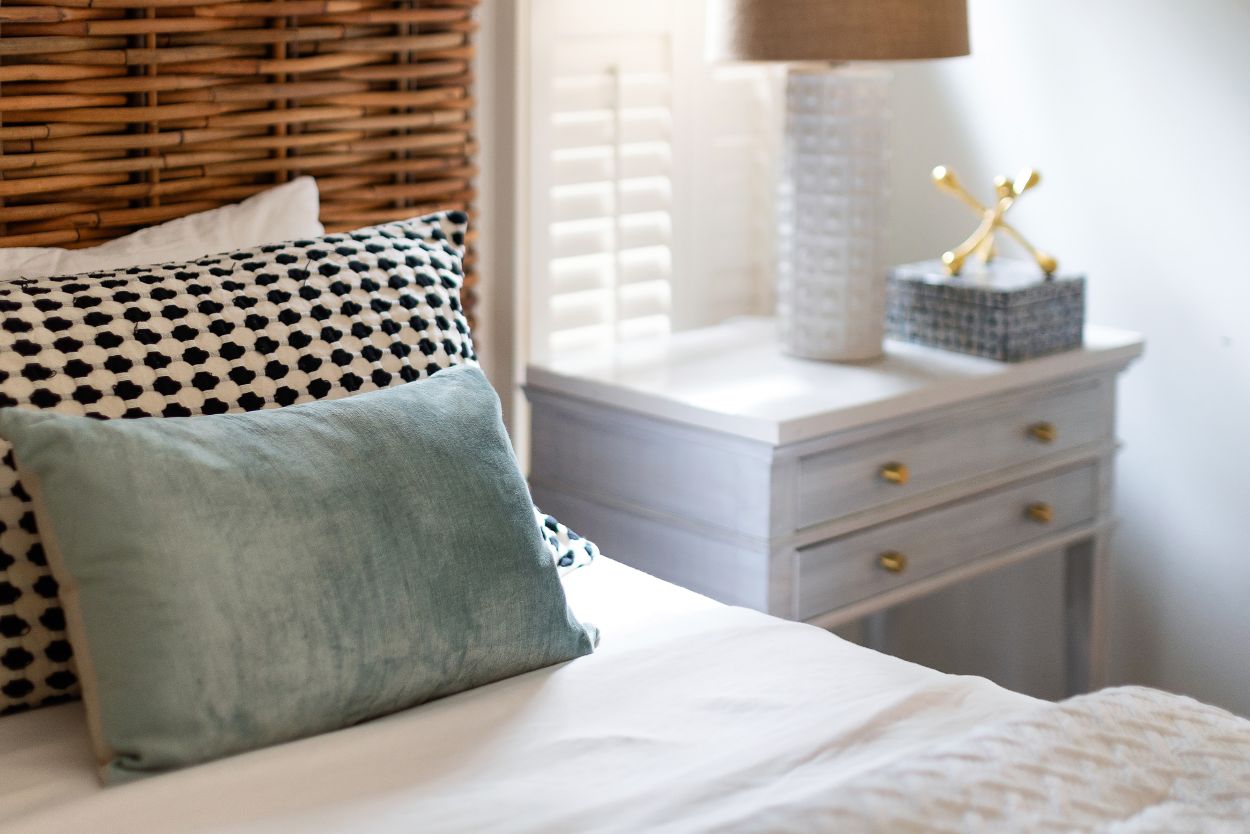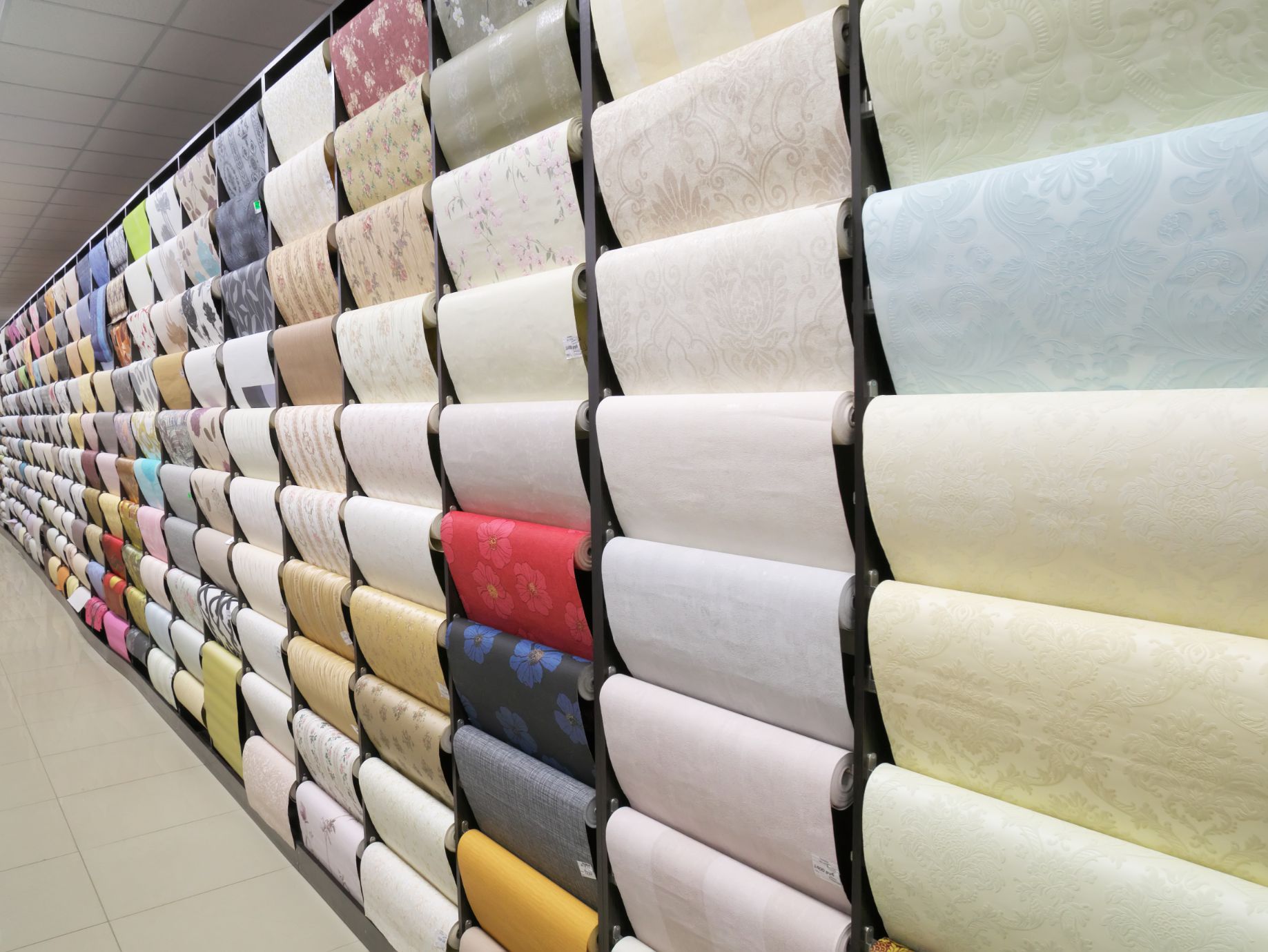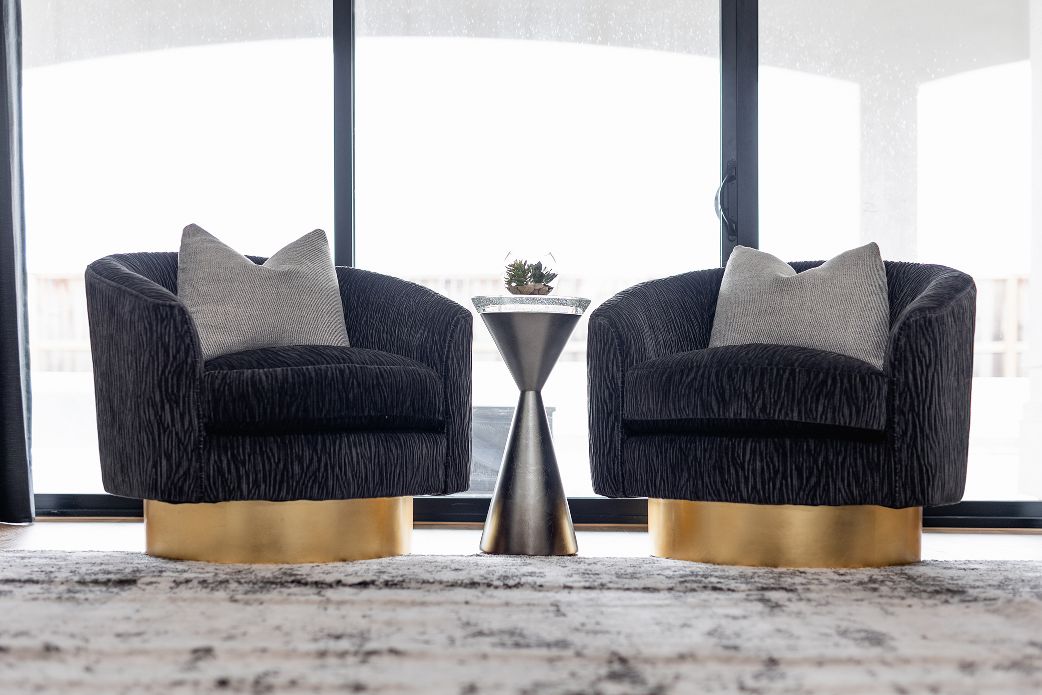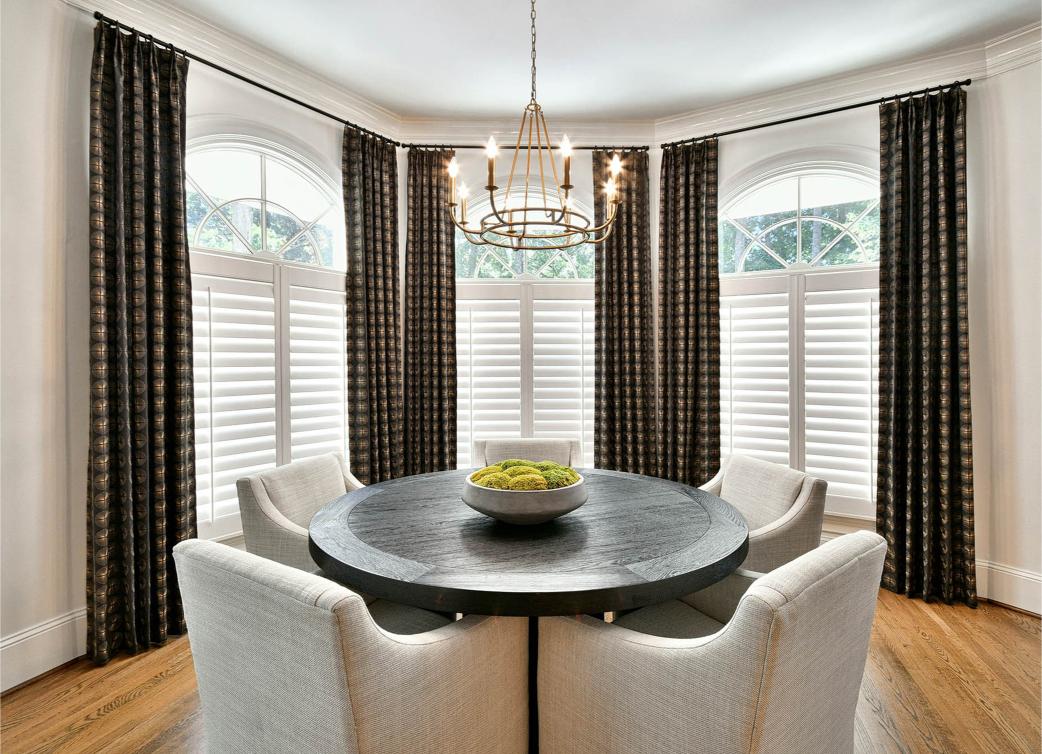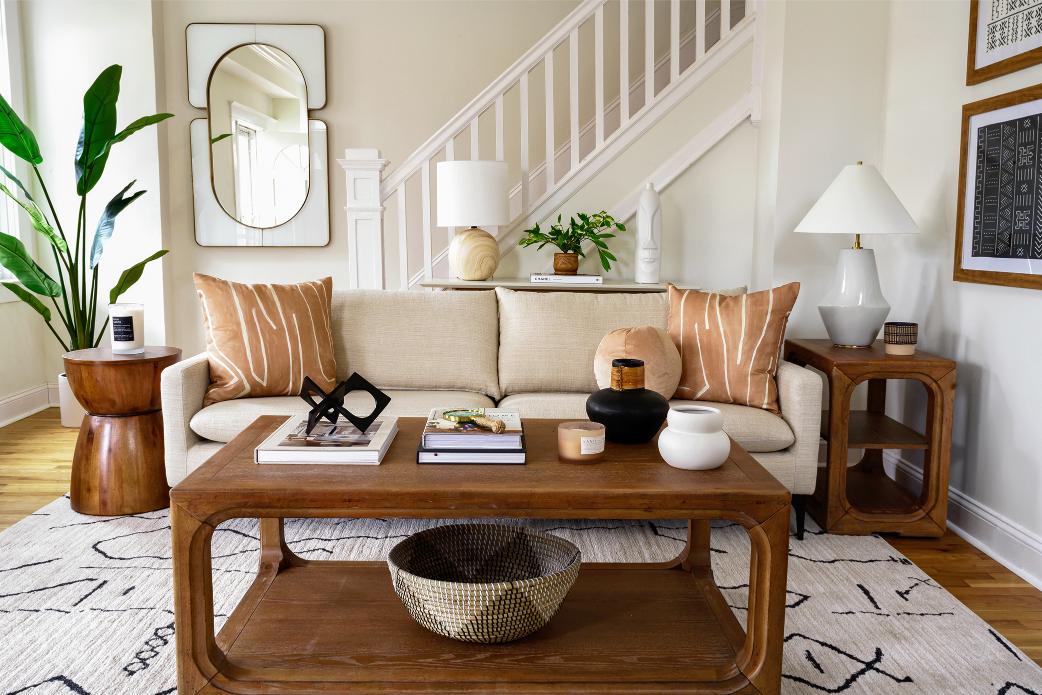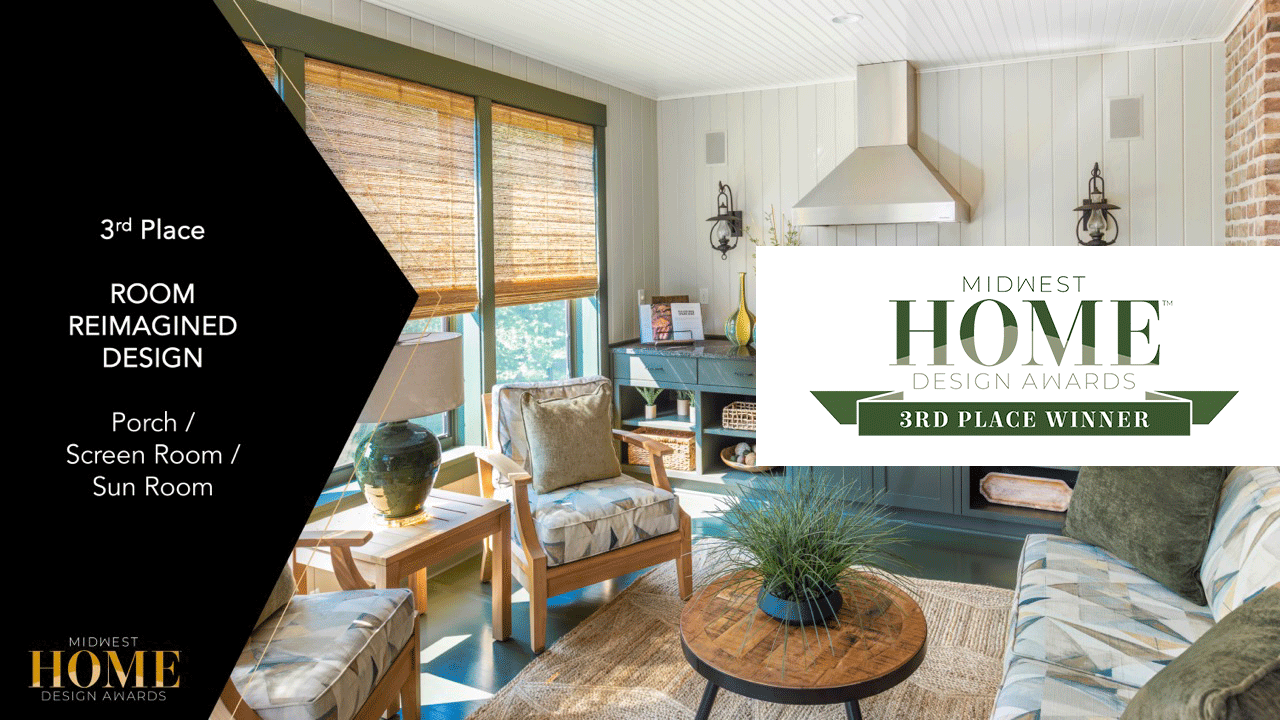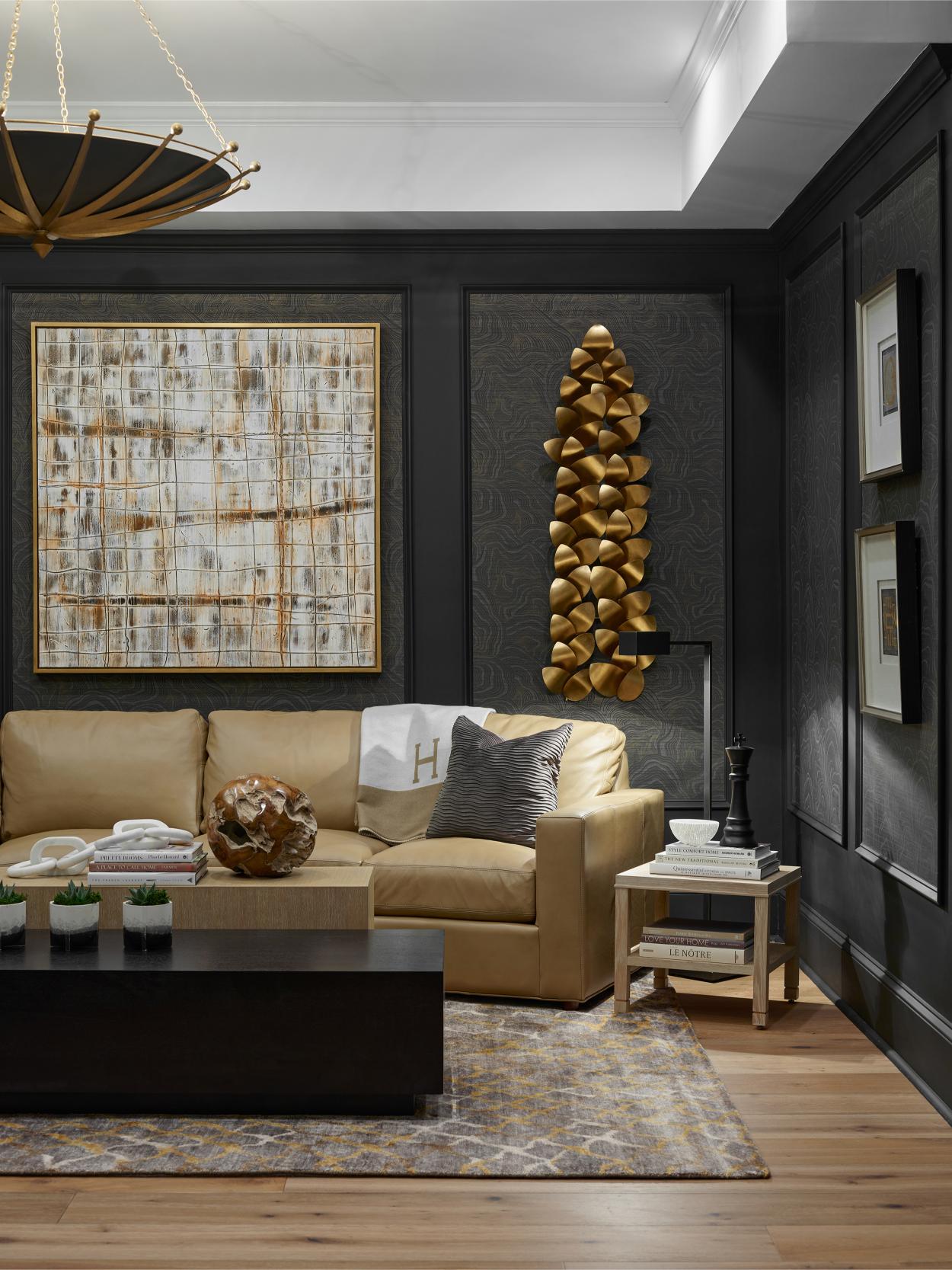Sustainable Design
In essence, sustainable design, in interior design, is an environmentally conscious design style that focuses on material usage and construction methods to have minimal impact and a smaller carbon footprint on the environment. This also comes in the form of improving the health and well-being of the people who live in or use a “green building“ through its eco-friendly design.
Although sustainable design and green design may seem synonymous, they’re not entirely the same. Green design is all about reducing harm in the present and near future. By contrast, sustainable design looks at long-term consequences. As the name suggests, this design style uses elements that will continue to minimize the negative impact on the environment for years, decades, or even centuries to come.
The Importance
Sustainable practices are important for the planet’s well-being. From using public transport to buying environmentally friendly cleaning products, there are so many important ways we can reduce our impact on the environment. The best place to start as normal, everyday people is with the buildings we create and use. Utilizing sustainable interior design helps keep the environment and us healthy, mind and body.
Environmental Health
Sustainable design helps preserve our natural habitat by reducing our carbon footprint. Never heard that term? Don’t worry! Long story short, it’s the amount of greenhouse gasses we produce. These include carbon dioxide and methane that trap heat in the atmosphere and increase temperatures across the world.
Sustainable design also helps reduce the amount of waste we produce, which is key to preventing pollution.

Wellbeing
Sustainable design keeps us healthy – it helps improve indoor air quality which leads to better physical health, as well as better mental health. The right materials prevent potentially dangerous toxins and dust particles that are floating around the air, sinking into our skin/clothing, which results in us becoming sick.
How To Approach Interior Design with Sustainability in Mind
So, how do you go about actually implementing sustainable interior design? It’s helpful to start with the “five Rs of sustainability,” which are the basic principles that underlie how to live sustainably:
- Refuse: Say “no” to environmentally unfriendly products by buying only those that are recyclable and ethically produced.
- Reduce: Use the minimum amount of required materials and resources to minimize your impact on the environment.
- Reuse: Avoid single-use products (especially plastics) by using metal or wooden alternatives wherever possible.
- Recycle: Make an effort to dispose of your trash responsibly by using recycling bins.
- Repurpose: Utilize your purchases in different ways once they’ve served their original purpose.
The following concepts underpin the main pillars of sustainable interior design:
- Energy efficiency
- Waste reduction
- Maximized space
- Water conservation
- Healthy environment
- Longevity
Sustainable design examples
Now that you’re familiar with why sustainability is so crucial and what it aims to achieve, how can you accomplish sustainable interior design in your own home? Here are a few tips and tricks:
To make your home more energy efficient:
- Maximize the natural light in your home by installing glass sliding doors and even skylights
- Utilize renewable energy sources like solar power if possible.
- Paint your walls light colors to help the natural light bounce through your space
- Use lined draperies, carpets, and blinds to improve insulation and thermal comfort, this reduced the amount of energy needed to heat and cool your home.
- Install smart thermostats that heat up or cool down a room based on outside temperatures so you don’t have to do it manually. Some include sensors that switch off heating or cooling entirely when people aren’t in the room.
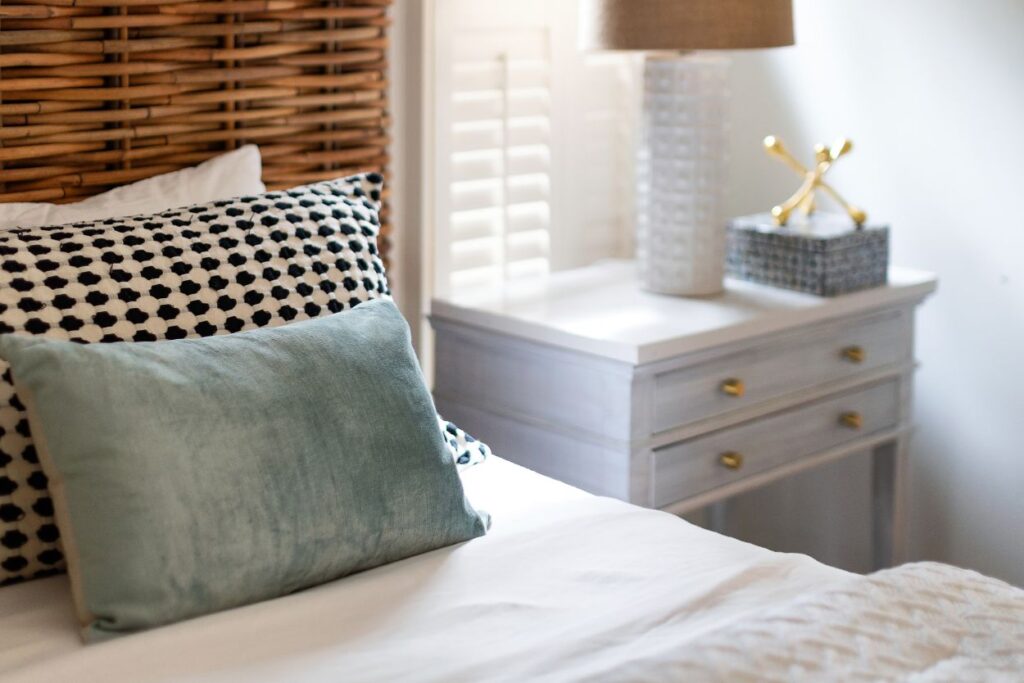
To reduce waste
- Choose linen, furniture, and other decorative items made from recycled waste or materials that can be recycled when they’ve reached the end of their lifespan.
- Pick products made from materials that are good for the environment. These include:
- Responsibly produced or reclaimed wood.
- Sustainably made natural fabrics like cotton, leather, and wool.
- Low VOC (volatile organic compounds) paint.
- Recycled plastic, steel, and glass.
- Hemp
- Cork
- Straw
- Felt
- Jute
- Natural stone.
- Install water-conserving toilets and taps.
To buy responsibly
- Select wooden pieces that are made from quickly renewable plants such as bamboo or those that have an FSC label on them.
- Look for locally-produced products. Items produced internationally require long-distance shipping which pollutes the environment.
- Shop at antique and secondhand stores. Not only are many of these items rare and charming, but they also minimize the need to produce new goods. Plus, you know they’ll last a long time!
- Browse for Green Certified companies!
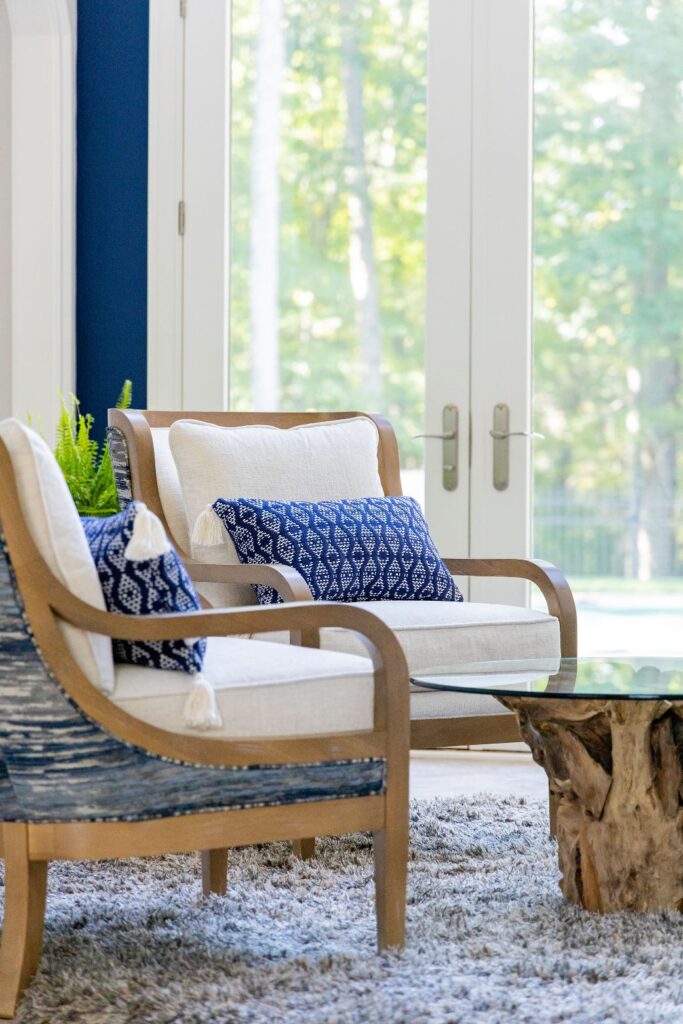
Contact Room Reimagined Design
After all that information, it may seem easier to take steps toward a more sustainable design in your home. All it requires is a tiny bit of care and consideration! If you’d like to make your home more environmentally sustainable but aren’t sure where to start, reach out to the designers at Room Reimagined Design to schedule a complimentary consultation!

